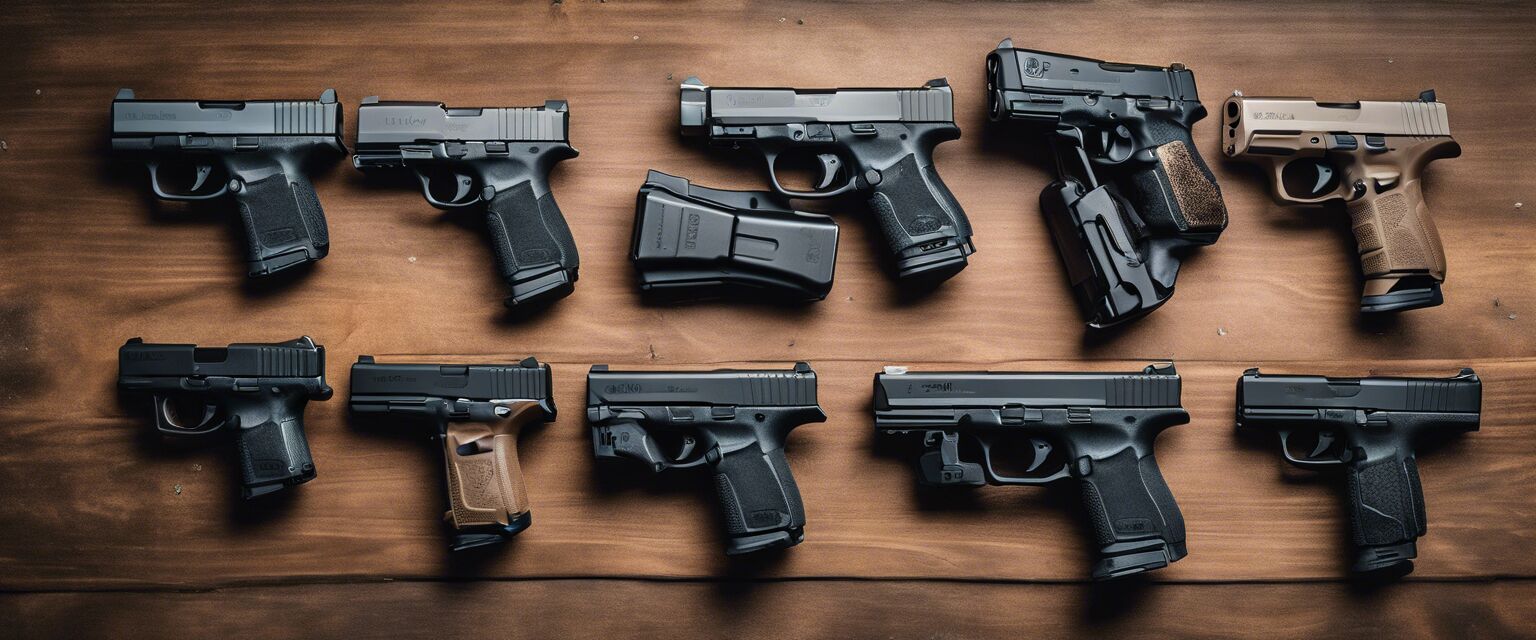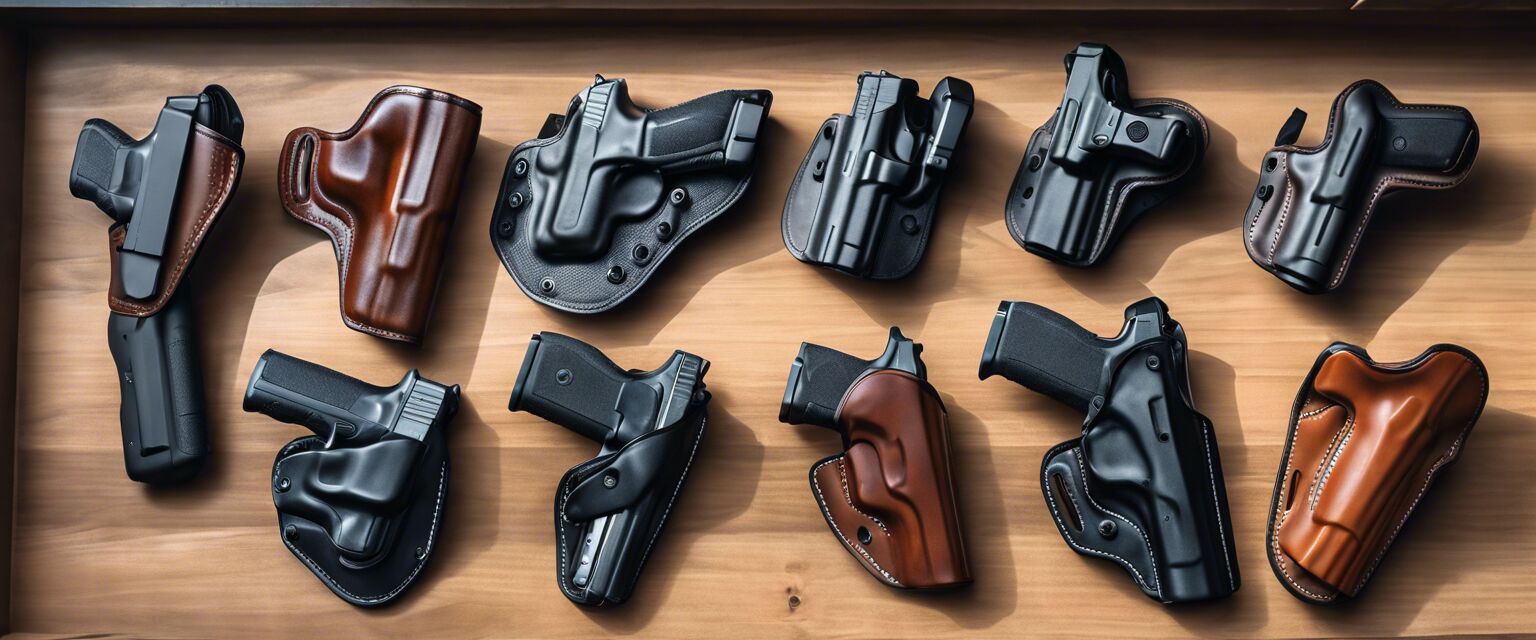
Pocket Holsters
Key Takeaways
- Pocket holsters offer a discreet way to carry a firearm.
- They come in various materials, sizes, and designs to suit different needs.
- Choosing the right pocket holster ensures safety and accessibility.
- Maintenance is crucial for the longevity of pocket holsters.
Pocket holsters are a popular choice for those looking to carry firearms discreetly. They provide a convenient method for concealed carry, allowing you to keep your weapon hidden while also ensuring quick access. In this article, we will dive deep into the world of pocket holsters, exploring their types, materials, benefits, and tips for choosing the right one for your needs.
What is a pocket holster?
A pocket holster is specifically designed to be carried inside a pocket, allowing for easy and discreet access to a firearm. These holsters help keep the firearm secure and prevent accidental discharges while providing a streamlined way to carry a weapon.
Types of pocket holsters
There are several types of pocket holsters, each designed for specific needs and preferences. Here are some of the most common types:
| Type | Description | Best For |
|---|---|---|
| Soft pocket holsters | Made from materials like nylon or leather, offering flexibility and comfort. | Casual wear and everyday carry. |
| Hard pocket holsters | Constructed from rigid materials like Kydex, providing excellent retention. | Active situations where secure retention is critical. |
| Hybrid pocket holsters | Combines soft and hard materials for comfort and security. | Versatility and adaptability for various activities. |
Benefits of using pocket holsters
Using a pocket holster provides several advantages:
- Discreetness: Pocket holsters allow you to carry your firearm without drawing attention.
- Accessibility: Quick access to your firearm when needed.
- Comfort: Many pocket holsters are lightweight and designed for all-day wear.
- Safety: They help prevent accidental discharges and protect the trigger.
Choosing the right pocket holster
Selecting the right pocket holster involves understanding your needs and preferences. Here are some factors to consider:
- Gun size: Ensure the holster fits your specific firearm model.
- Material: Choose between leather, nylon, or Kydex based on comfort and retention.
- Retention: Assess how securely the holster holds the firearm.
- Accessibility: Ensure you can easily draw your firearm from the holster.
Maintenance of pocket holsters
Regular maintenance is essential for the longevity of your pocket holster. Here are some maintenance tips:
- Keep the holster clean and free from debris.
- Inspect for wear and tear regularly.
- Store in a cool, dry place when not in use.
- Apply conditioning products to leather holsters to maintain flexibility.
Popular materials used in pocket holsters
Different materials offer various benefits. Hereâs a summary of popular holster materials:
| Material | Advantages | Disadvantages |
|---|---|---|
| Leather | Classic look, comfortable, molds to the body. | Can be bulky, requires maintenance. |
| Nylon | Lightweight, affordable, water-resistant. | Less durable than leather or Kydex. |
| Kydex | Durable, great retention, custom fit. | Can be uncomfortable against the skin. |
Tips for beginners
Tips for beginners
- Start with a reputable brand to ensure quality.
- Practice drawing from your holster in a safe environment.
- Wear the same clothing you plan to carry in to test comfort and concealment.
- Seek advice from experienced concealed carriers.
Conclusion
Pocket holsters are an effective solution for those who prioritize discretion and accessibility in concealed carry. By understanding the types, benefits, and maintenance involved, you can make an informed choice that best fits your lifestyle and needs.
Pros
- Discreet and convenient for everyday carry.
- Multiple material options available.
- Easy to access in emergencies.
Cons
- May not fit all firearm types.
- Some materials require upkeep.
- Comfort can vary based on style and fit.
Further Reading
To explore more about concealed carry options, check out the following pages:








